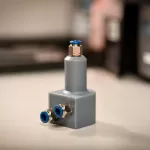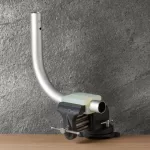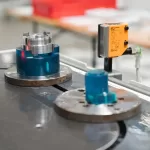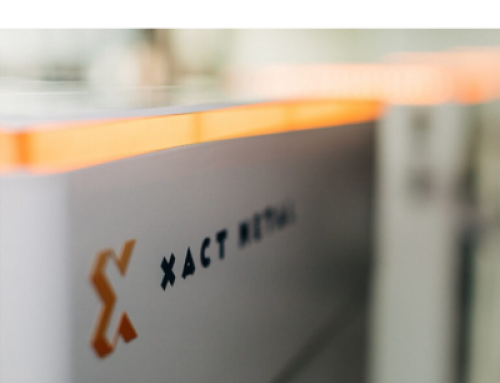How to Make Your Own Custom Jigs and Fixtures

In the world of manufacturing, precision and efficiency are paramount. One of the key tools that help achieve these goals are jigs and fixtures. These essential devices hold, support, and secure products during various processes, ensuring consistency and quality. Traditionally, creating jigs and fixtures could be time-consuming and costly, but with the advent of 3D printing, manufacturers now have a powerful tool to produce these aids in-house.
Understanding Jigs and Fixtures
Jigs and fixtures might sound similar, but they serve distinct purposes. Jigs are tools that hold the workpiece and guide the equipment to ensure proper alignment during operations like drilling or milling. Fixtures, on the other hand, are devices that hold the workpiece in place during secondary processes such as welding or assembly. Both are crucial for maintaining high part quality and operational efficiency.
The Advantages of 3D Printing
3D printing has revolutionized the way manufacturers approach the creation of jigs and fixtures. Here are some of the key benefits:
- Customization: 3D printing allows for the creation of highly customized jigs and fixtures tailored to specific parts and equipment. This level of customization ensures a perfect fit and optimal performance.
- Cost Reduction: Producing jigs and fixtures in-house with 3D printing can significantly lower costs compared to traditional machining methods. This is particularly beneficial for small to medium-sized enterprises.
- Speed: The development process is much faster with 3D printing. Manufacturers can quickly iterate and adjust designs, leading to shorter development times and faster production cycles.
Applications in Manufacturing
Jigs and fixtures are used in a variety of manufacturing processes, including welding, drilling, molding, and assembly. They play a vital role in solving manufacturing problems, improving efficiency, and reducing costs on the factory floor. For example, customized soft jaw inserts can be created to hold complex parts without causing damage, while drill guides can prevent drill bit deflection and maintain tight tolerance requirements. Simple go/no-go gauges can be used for quick quality control checks, ensuring that parts meet the necessary specifications.
Conclusion
Leveraging 3D printing for creating jigs and fixtures offers manufacturers a flexible, cost-effective, and efficient solution to enhance their production workflows. By embracing this technology, companies can improve their manufacturing processes, reduce costs, and maintain high standards of quality.
Contact Cimquest today to learn more!








Leave A Comment